Are you looking for an easy way to add physical activity to your life, even if you tend to be on the lazier side? Look no further than Tai Chi exercises.
Tai Chi is a gentle form of exercise that provides numerous benefits for both the body and mind.
Whether you’re a couch potato or simply prefer low-impact activities, Tai Chi offers a simple and enjoyable option to incorporate physical movement into your daily routine.
In this article, we will explore the reasons why Tai Chi is an excellent choice for lazy individuals who want to improve their fitness levels and overall well-being.
Lazy, Yet Effective: The Appeal of Tai Chi
Low Impact, High Rewards
One of the main reasons why Tai Chi is suitable for lazy individuals is its low-impact nature.
Unlike high-intensity workouts or vigorous exercises, Tai Chi involves slow, controlled movements that put minimal stress on the joints and muscles.
This makes it an ideal choice for people who may have physical limitations or prefer exercises that are easy on the body.
Gentle on Energy Levels
Lazy individuals often struggle with maintaining consistent energy levels for physical activities. Fortunately, Tai Chi doesn’t require a burst of energy or excessive effort.
The flowing, rhythmic movements of Tai Chi are designed to conserve energy while promoting balance, flexibility, and strength.
This means you can engage in Tai Chi without feeling drained or exhausted afterward.
No Fancy Equipment or Gym Memberships Required
For those who dread the thought of going to the gym or investing in expensive exercise equipment, Tai Chi is a breath of fresh air.
It can be practiced virtually anywhere, without the need for special gear or a specific setting.
Whether you’re in your living room, a local park, or even a small backyard, you can embrace the lazy-friendly nature of Tai Chi without any extra hassle.
Physical Benefits of Tai Chi for Lazy Individuals
Improved Flexibility and Range of Motion
Tai Chi exercises involve gentle stretching and movements that gradually improve flexibility and joint mobility.
Lazy individuals often struggle with stiffness and limited range of motion, but regular practice of Tai Chi can help overcome these issues.
As you gradually engage in the fluid movements, you’ll notice increased flexibility and a greater sense of ease in your daily activities.
Also Read: Reasons Why We Should Do Tai Chi Exercises Daily
Enhanced Balance and Coordination
Lazy individuals may face challenges with balance and coordination, which can lead to a higher risk of falls or accidents.
Tai Chi’s slow and deliberate movements focus on weight shifting, body alignment, and mindful control.
By practicing Tai Chi regularly, you’ll improve your balance, stability, and coordination, reducing the chances of stumbling or losing control.
Boosted Muscle Strength
While lazy individuals may not be keen on intensive strength training, Tai Chi offers a gentler alternative to building muscle strength.
The controlled movements and postures in Tai Chi engage various muscle groups, including the legs, core, and upper body.
Over time, consistent practice will lead to improved muscle tone and strength, without requiring intense or exhausting workouts.
Mental and Emotional Benefits of Tai Chi for Lazy Individuals
Stress Relief and Relaxation
Lazy individuals often find it challenging to unwind and let go of stress. Tai Chi provides a therapeutic escape by emphasizing relaxation and mindfulness.
The slow, flowing movements, combined with deep breathing techniques, promote a state of calmness and tranquility.
Regular practice of Tai Chi can significantly reduce stress levels, helping lazy individuals find moments of peace and relaxation in their daily lives.
Improved Mental Clarity and Focus
Lazy individuals may struggle with mental fog and lack of focus. Tai Chi exercises require concentration and mental presence.
By directing your attention to the movements, breath, and sensations in your body, you’ll enhance your mental clarity and sharpen your focus.
This can have a positive impact on productivity and overall cognitive function.
Enhanced Mood and Emotional Well-being
Lazy individuals often experience fluctuations in mood and emotional well-being. Tai Chi offers a natural and holistic way to uplift mood and promote emotional balance.
The combination of gentle movements, deep breathing, and meditative qualities in Tai Chi stimulates the release of endorphins and promotes a sense of overall well-being.
This can be particularly beneficial for lazy individuals seeking emotional stability and positivity in their lives.
Incorporating Tai Chi into a Lazy Lifestyle
Start Small and Gradually Increase
For lazy individuals who are new to Tai Chi, it’s essential to start small and gradually increase your practice.
Begin with just a few minutes a day, focusing on learning the basic movements and getting comfortable with the flow.
As you gain confidence and experience, you can gradually extend your practice sessions.
Find a Tai Chi Routine that Fits Your Schedule
Lazy individuals often prefer convenience and flexibility. Look for Tai Chi routines or classes that fit your schedule and lifestyle.
You can find instructional videos online, join local community centers, or even hire a private instructor for personalized guidance.
Choose a routine that accommodates your laziness and makes it easy to incorporate Tai Chi into your daily life.
Embrace the Lazy Approach
One of the best things about Tai Chi is that it aligns perfectly with the lazy approach. Embrace the relaxed, laid-back nature of Tai Chi exercises.
Allow yourself to enjoy the slow, meditative movements without feeling pressured to exert excessive effort.
Remember, Tai Chi is about finding balance and harmony within your body and mind, not pushing yourself to the limits.



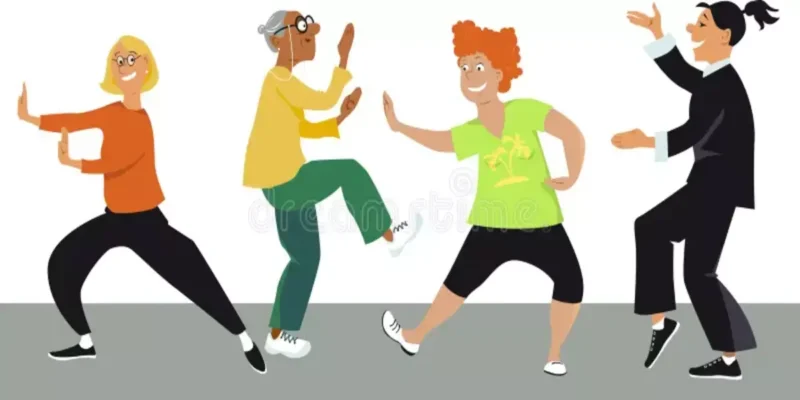
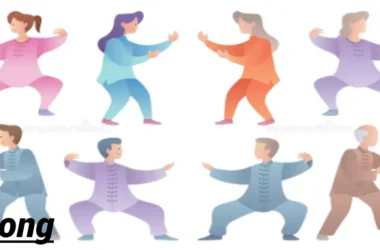
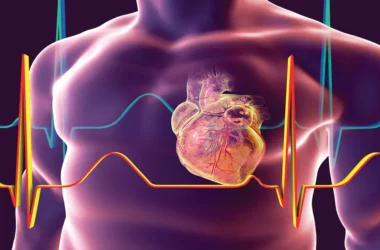
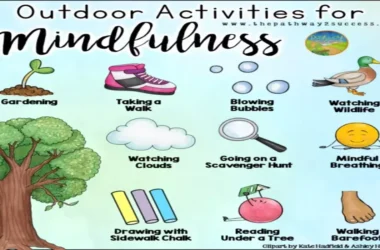
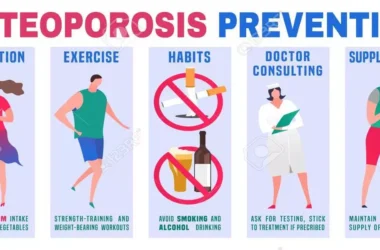
I love Tai Chi,I think in good efect for my body physic and my mind.
I’m really interested in this. I live West of the Ashley. What is near me?
Please come up with videos of Tai-Chi exercises for beginners starting from DAY 1 and so on. Thank you!
I just hope that you also have full videos of Taichi that we can follow